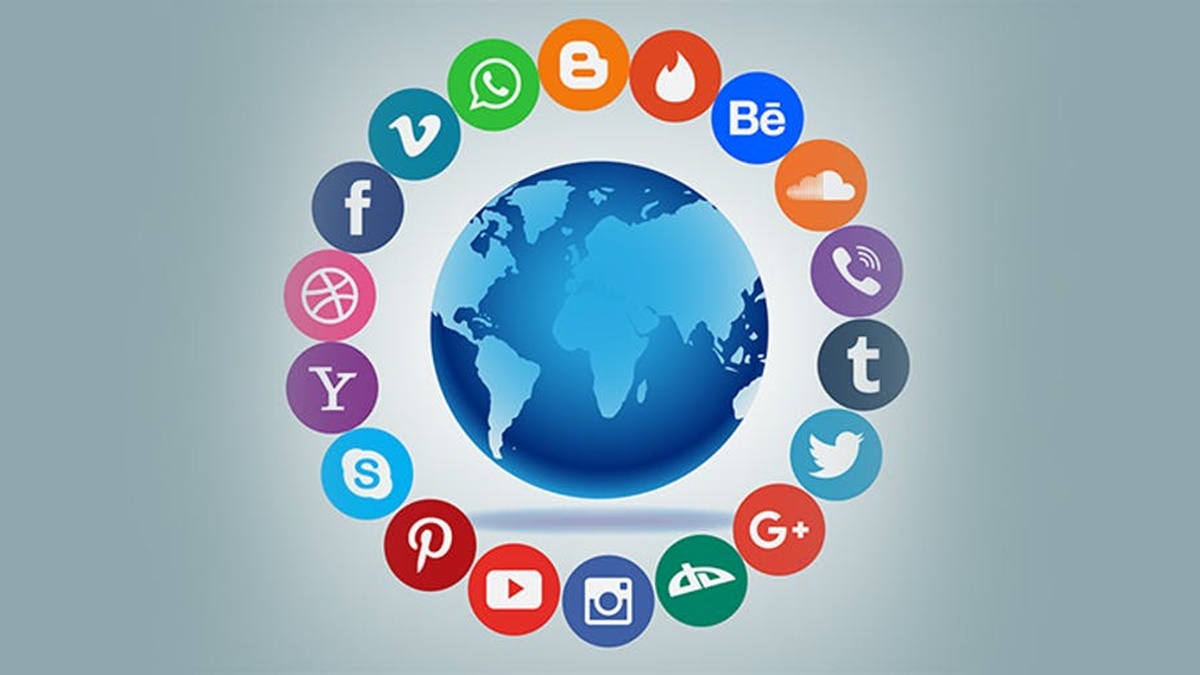
With the advent of digitalization, digital citizenship has become one of the most ardent questions among the global public. The world is starting to realize what a significant role digital citizenship plays in the well-being of modern children. Considering the trend, teachers need to take matters into their own hands. They need to use their position and educate the young generation about the essence of digital citizenship.
Table of Contents
What Is Digital Citizenship?
Digital citizenship presupposes responsible use of all the digital sources and appliances available today. These are computers, the Internet, mobile gadgets, and other devices that help people engage with society and the world.
Everything is becoming digitalized. Even grocery shopping is becoming an online activity now. With such a prospect, it is essential to consider the freedom this digitization will bring together with the threats it can develop. Modern children grew up in the age of digitalization and cannot imagine their life without a gadget in it. That’s why adults need to take digital citizenship not just as a characteristic of the 21st century, but as a task they need to focus on to protect the future generation.
Naturally, there are “good citizens” and “bad citizens.” The people who use digital sources for good, use the latter to connect with other people. They use it to create meaningful and long-lasting relationships. However, there are also those who use digitalization to fuel cyberbullying. They use social media channels to spread erroneous information and bully the people they don’t like. The Internet offers vast opportunities for students. They can use it for studies, reading books, communicating with college paper writers, and working on self-improvement. At the same time, students can fall victim to wrong groups, get brainwashed, and have their gullibility tested by online frauds.
To address the problem, teachers need to recognize how important it is to teach digital citizenship. They should teach their students how to use digital sources and devices right. Children get used to using such tools from an early age. It is crucial not to miss the chance to give them all the information they need to be safe and use the Internet for the good of others and their own. Being a good digital citizen is not difficult. It can also be easily taught in the classroom.
How Should You Teach it?
There are several things students need to learn about digital citizenship. You should start by teaching students the meaning and the value of empathy. It is hard to be empathetic online. You are limited to text-based communication. This limitation makes people less understanding of each other. It makes them indifferent to the challenges other people might be facing, which often turns into cyberbullying and discrimination. Being good at empathy will give students a good start at being good people. They will learn to be respectful of other online users even if they can’t see their faces or hear their voices.
Another aspect of digital citizenship is about understanding the importance of user data. Many people, even adults, fail to notice that the Internet has its own currency. That currency is more valuable than anything else. It is your time and personal data. While missed time is more on you than the Internet with its entertaining platforms, the active use of personal data is on websites’ owners. Nowadays, most of the sites request personal data from users. Passwords, photographs, and private data — all these are valuable things one can share via online channels. These are also the very things that make users vulnerable to digital marketing, brainwashing, and even cyber-attacks. It is the teacher’s job to explain to their students the importance of being careful with their personal data online, protecting it, and not sharing it with any suspicious parties.
Digital wellness is another thing kids should be taught. Social media has become one of the leading causes of depression in young people today. Social media channels create the idea of a utopian world. They create an illusion of a place where everyone has the perfect body, the perfect face, and enough money for all their desires. Apart from that, the Internet is full of negativity and fake information. It causes frustration and overthinking. As a teacher, you need to make sure that students are realistic about the digital world’s nature. You need to explain to them the importance of digital wellness and how to see the difference between what is real and what is not.
Furthermore, they need to take breaks from the online world and enjoy the actual world around them. They should learn not to give in to the algorithms that mean to keep users online 24/7. Digital wellness helps to keep the line between wishful thinking and real life. That’s why students need to know how to embrace it.